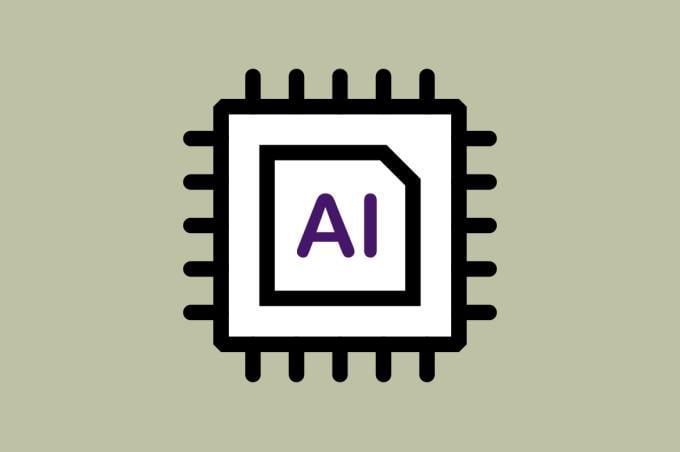Want to eliminate up to 50% of a physician’s EHR workload? Achieving that goal may be simpler than you think.
The AMA’s de-implementation checklist (PDF) outlines processes or requirements that add little or no value to patients and their care teams, but place unintended burdens on clinicians. Items on the checklist—part of the AMA STEPS Forward® open-access toolkit—can be sorted into items that don’t need to be done by someone with an MD or DO and items that don’t add any value to patient care and can be eliminated entirely.
Often, taking five minutes to change the way your EHR functions can free up an hour or two of time that was being wasted daily—time that can be spent with patients in the exam room. In turn, the found time can reduce physician burnout, according to internist Marie Brown, MD, the AMA’s director of practice redesign.
“Stop doing unnecessary work so you can get back to doctoring,” said Dr. Brown, who has experienced firsthand the positive impact de-implementation can have. “Making changes will give doctors more time to spend with their patients and more time to build trust with their patients. They’ll also take less work home.”
Some changes may require finding the right person in the information technology department, she said, while physicians can take care of some changes themselves.
Notification aggravation
Dr. Brown said it’s often best to start with the simple things.
At the top of that list: reducing inbox notifications. For example:
- Stop sending notifications for tests ordered that do not yet have results or have test results not ordered by the physician in question.
- Stop sending notifications for reports generated by the recipient of the notification.
- Eliminate multiple notifications of the same test result or consultation note.
- Consider auto-release of normal and abnormal test results to the patient-facing portal with embedded or linked patient-friendly explanations.
With EHR systems often created with little or no physician input, many of the notifications physicians receive have no value to the doctor and don’t improve patient care, Dr. Brown said.
Some notifications may even create safety concerns. For instance, a primary care physician may refer a patient to a cardiologist. A cardiologist orders a test and the results come back with a dangerous lab level that needs immediate attention. The cardiologist and primary care physician each receive an email with the result. Who is responsible for contacting the patient?
“Two doctors may call the patient, or no one at all,” Dr. Brown said.
Here are eight to-do items related to EHRs on the de-implementation checklist.
Minimize alerts. Only keep those with a favorable cost-benefit ratio.
Simplify login. Streamline by using options like single sign-on, RFID proximity identification or bioidentification such as fingerprint or facial recognition.
Extend time before auto-logout. Consider customizing workstation location and the security level to use patterns of the specific user. For example, if a physician is typically alone in an exam room for 20 or 30 minutes, they shouldn’t be logged out any sooner than 20 minutes.
Decrease password-related burdens. Consider extending the intervals for password reset requirements and using password-keeper programs.
Reduce clicks and hard-stops in ordering. Cut down requirements for inputting excessive clinical data before ordering a test.
Eliminate requirements for password revalidation. For example, don’t require a physician signed into the EHR to re-enter a username and password when sending certain noncontrolled-substance prescriptions.
Reduce note bloat. Lessen links imbedded in visit note documentation templates that automatically pull in data from other parts of EHR contributing to “note bloat” and adding little clinical value.
Simplify order-entry processes. Optimize technology to auto-populate necessary discreet data fields if the information already exists in the EHR.
The checklist also offers great ideas on changes in the areas of compliance and quality improvement that can help save physicians time and frustration.
Learn more with the AMA STEPS Forward® Taming the EHR Playbook.




